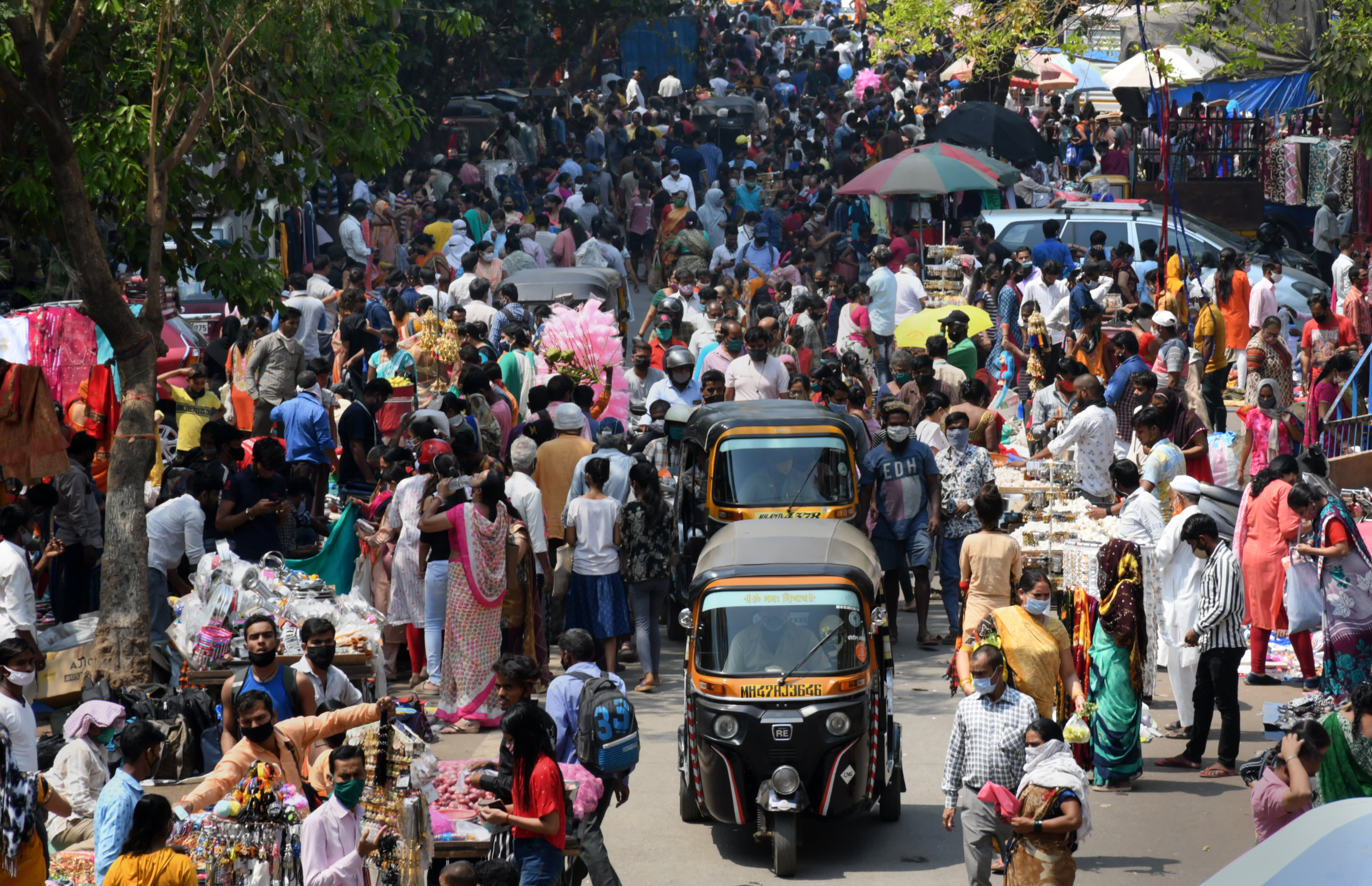India is expected to see double-digit expansion in the three months ending in June — but economists warn that the data won’t be painting the full picture of the country’s growth trajectory.
South Asia’s largest economy released fourth quarter GDP data Monday that showed an expansion of 1.6% from the same period a year ago, driven mostly by state spending and manufacturing sector growth. Full year GDP is estimated to have contracted 7.3% compared to a 4% growth in the previous year.
Since February, India has been battling a devastating second wave of coronavirus that accelerated in April and peaked in early May. The infection forced most of India’s industrial states to implement localized lockdown measures to slow the spread of the virus.
“With the lockdowns which are there, we think that going ahead, the economy will tend to slow down,” Madan Sabnavis, chief economist at Care Ratings, said Tuesday on CNBC’s “Street Signs Asia.“
“The numbers which we get for the first quarter of fiscal 2022 — that is for the quarter ending in June — may be very much misleading,” he said. India’s fiscal year begins in April and ends in March the following year.
On (a) sequential basis, we are going to see a double digit contraction when we do a seasonally adjusted data, but on the year-on-year comparison, you are going to see a strong double-digit growth.Radhika RaoDBS Group
For the April-June quarter last year, the economy contracted 23.9% as a months-long national lockdown hammered the country. Economists argue that while the reported year-on-year figure for the current quarter will likely show a double-digit growth, the strong number will be due to the low base from last year’s negative print.
“On (a) sequential basis, we are going to see a double digit contraction when we do a seasonally adjusted data, but on the year-on-year comparison, you are going to see a strong double-digit growth,” Radhika Rao, an economist with Singapore’s DBS Group, said Tuesday on CNBC’s “Squawk Box Asia.“
“That’s because it’s coming on the back of a 24% drop the same time last year,” she added.
Still, experts agree that the economic impact of the second wave may not be as severe as the one seen last year. India has, thus far, avoided another national lockdown, allowing states to implement localized shutdowns instead. Economists agree that the country is generally on track to revive its growth but at a delayed pace.
Data is likely to show that consumption lost momentum this quarter on a sequential basis due to the second wave as households had to prioritize more of their spending on hospitalization and medical expenses, Rao explained.
“So, domestic demand, which is the main component for growth, is not going to look that good. Plus you have got contact-intensive services, most of which had been shut down,” she said, adding, “Only into June now, some of the states are starting to talk about reopening. But, certainly, it’s a very staggered and a very unpredictable path, in terms of the unwinding of restrictions.”
Many economists have trimmed their full fiscal 2022 growth predictions for India. Goldman Sachs, for example, lowered its full-year real GDP growth forecast from 11.1% to 9.9%.
